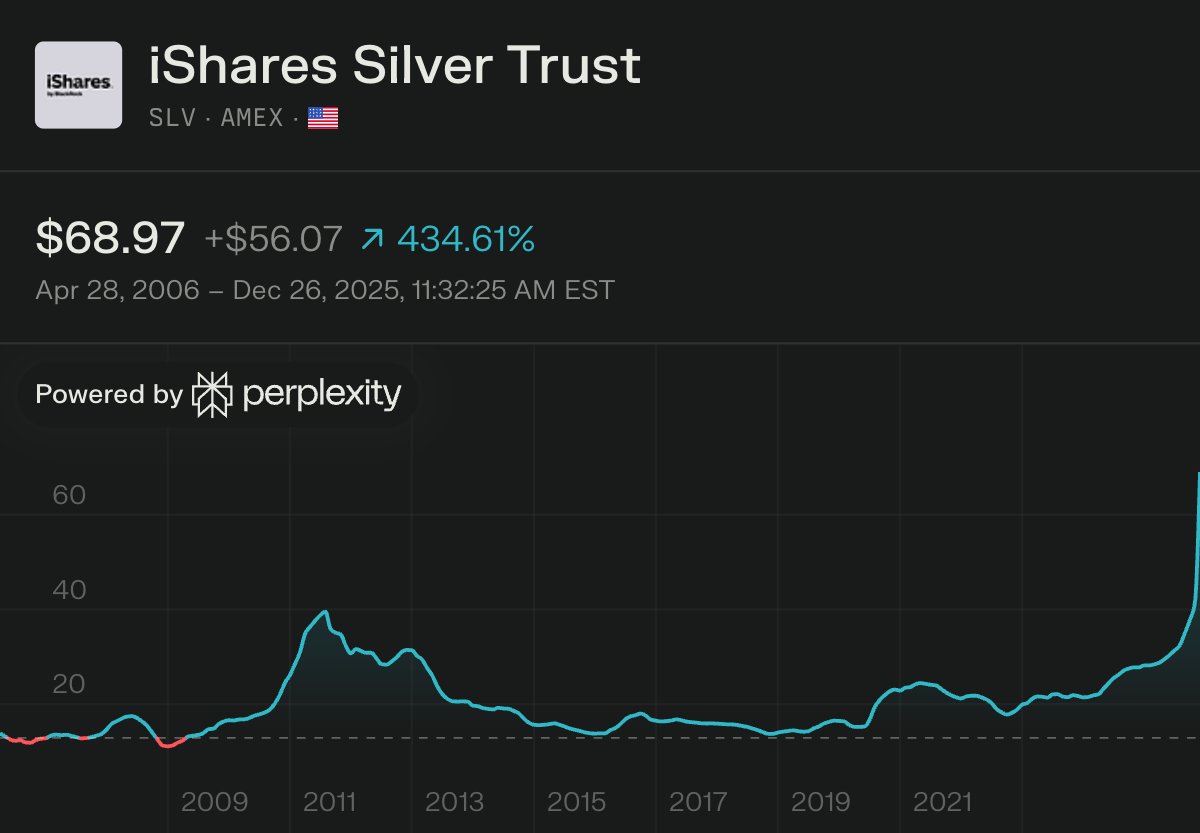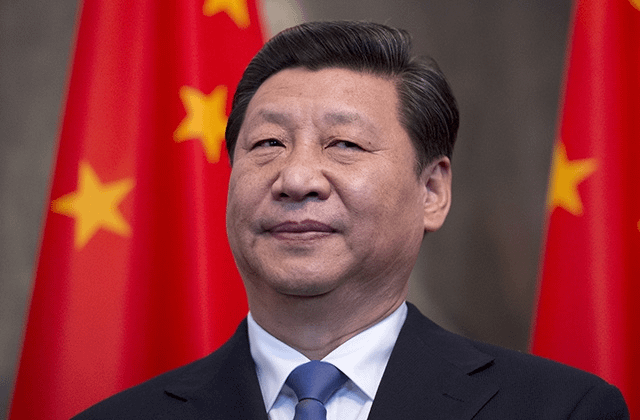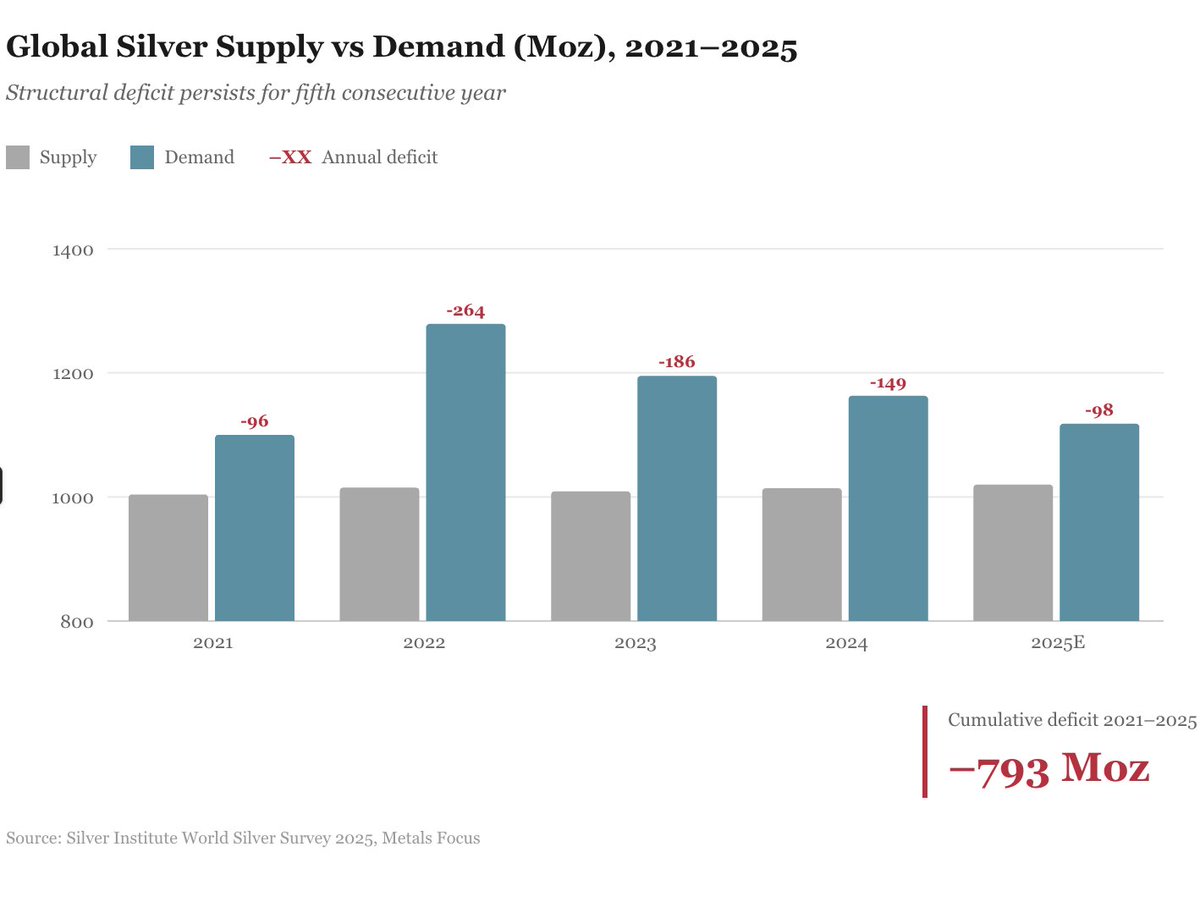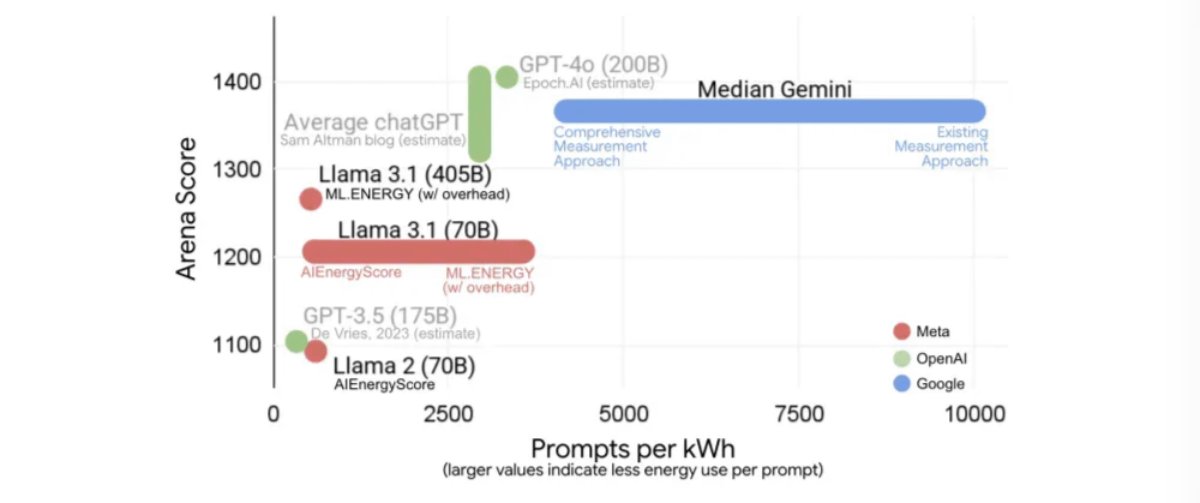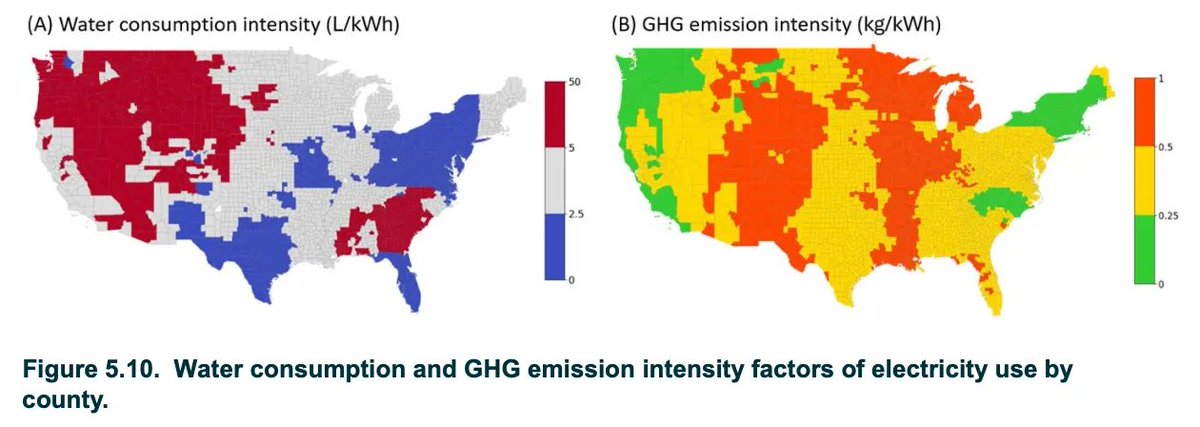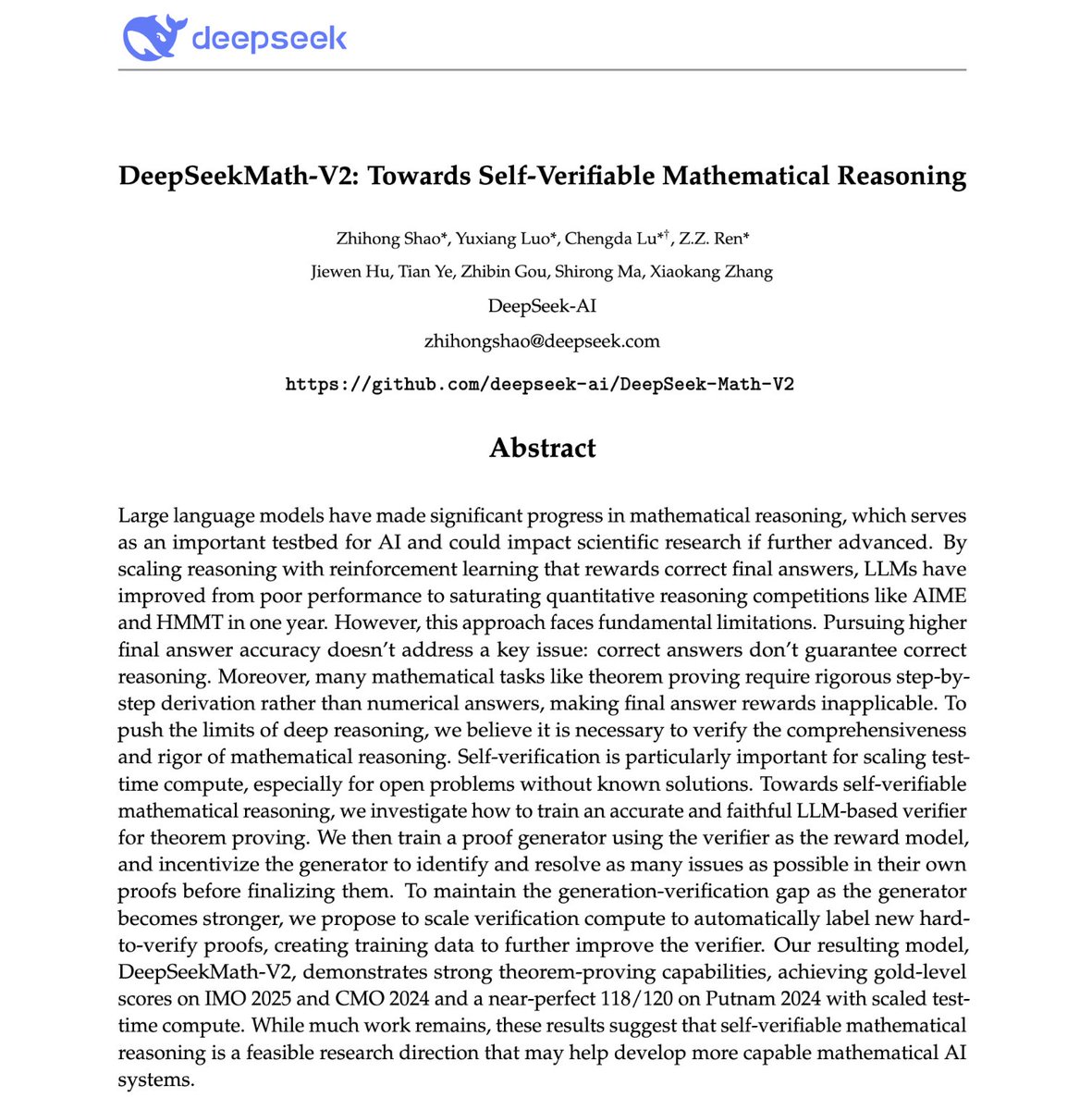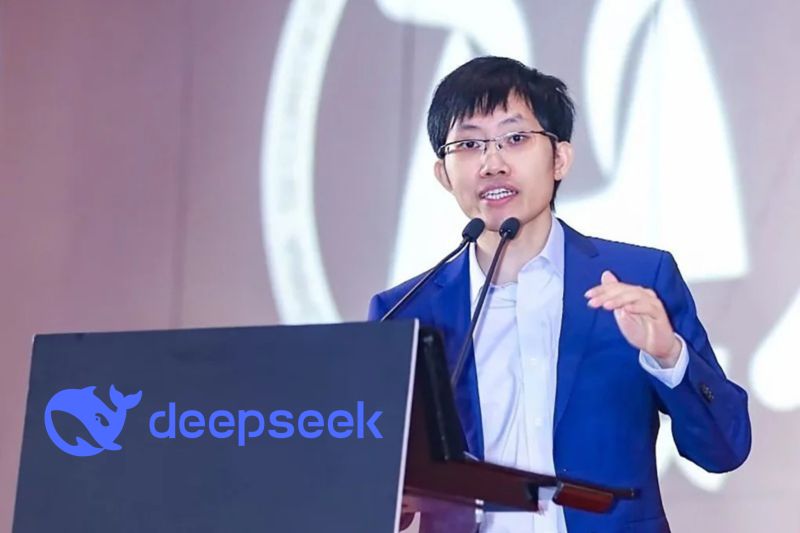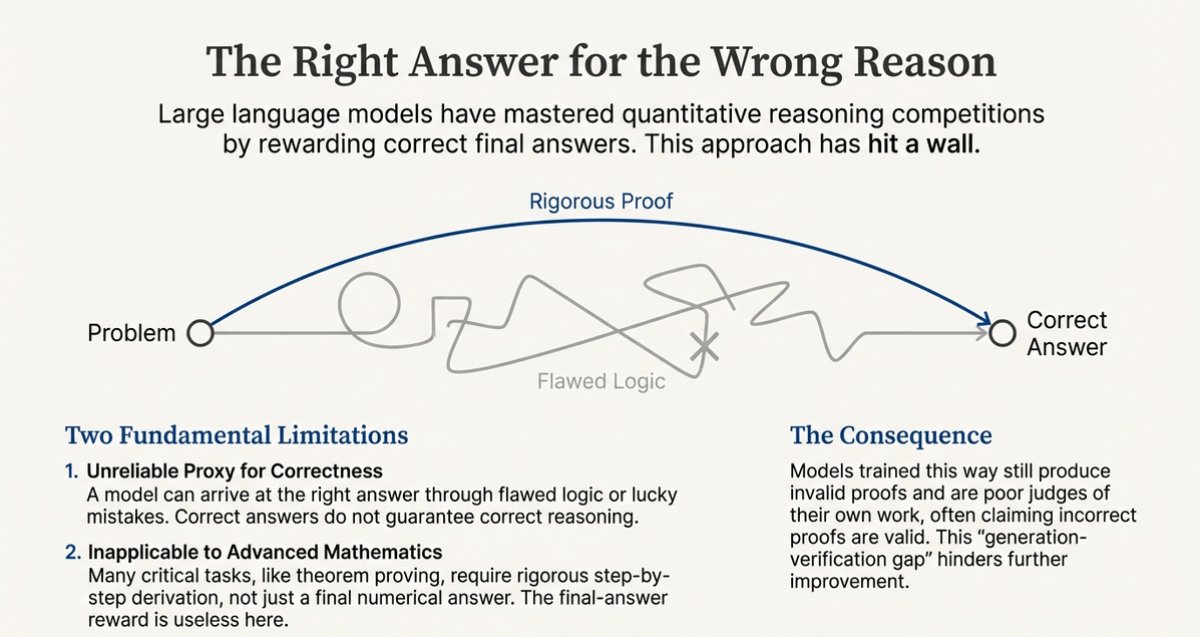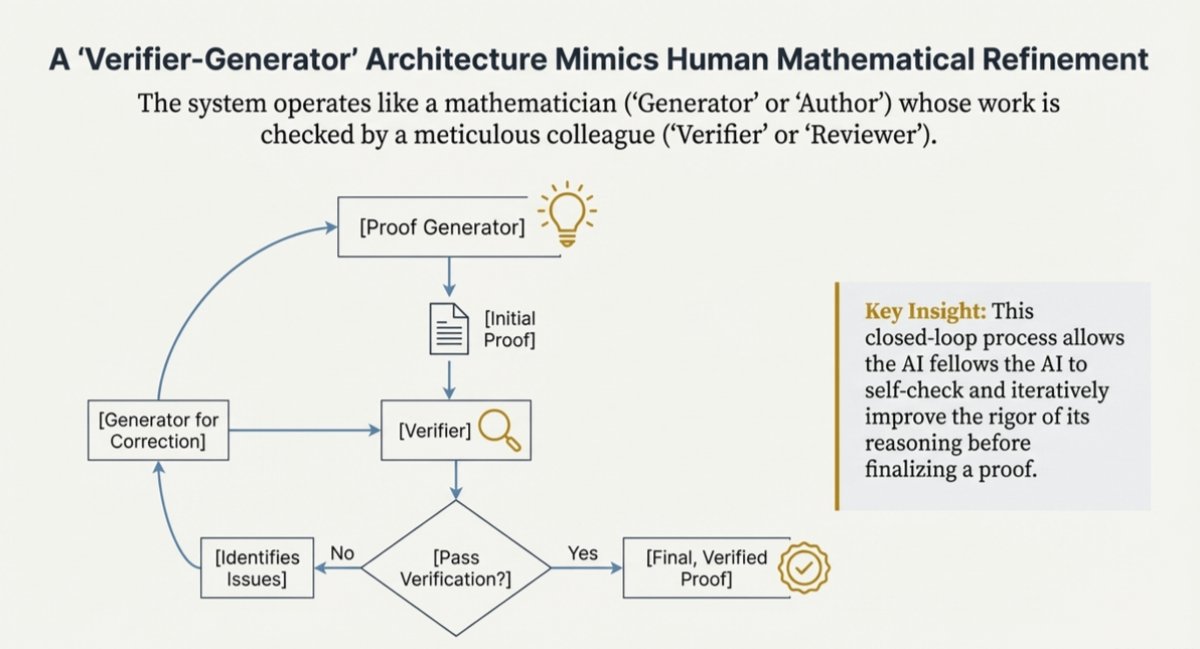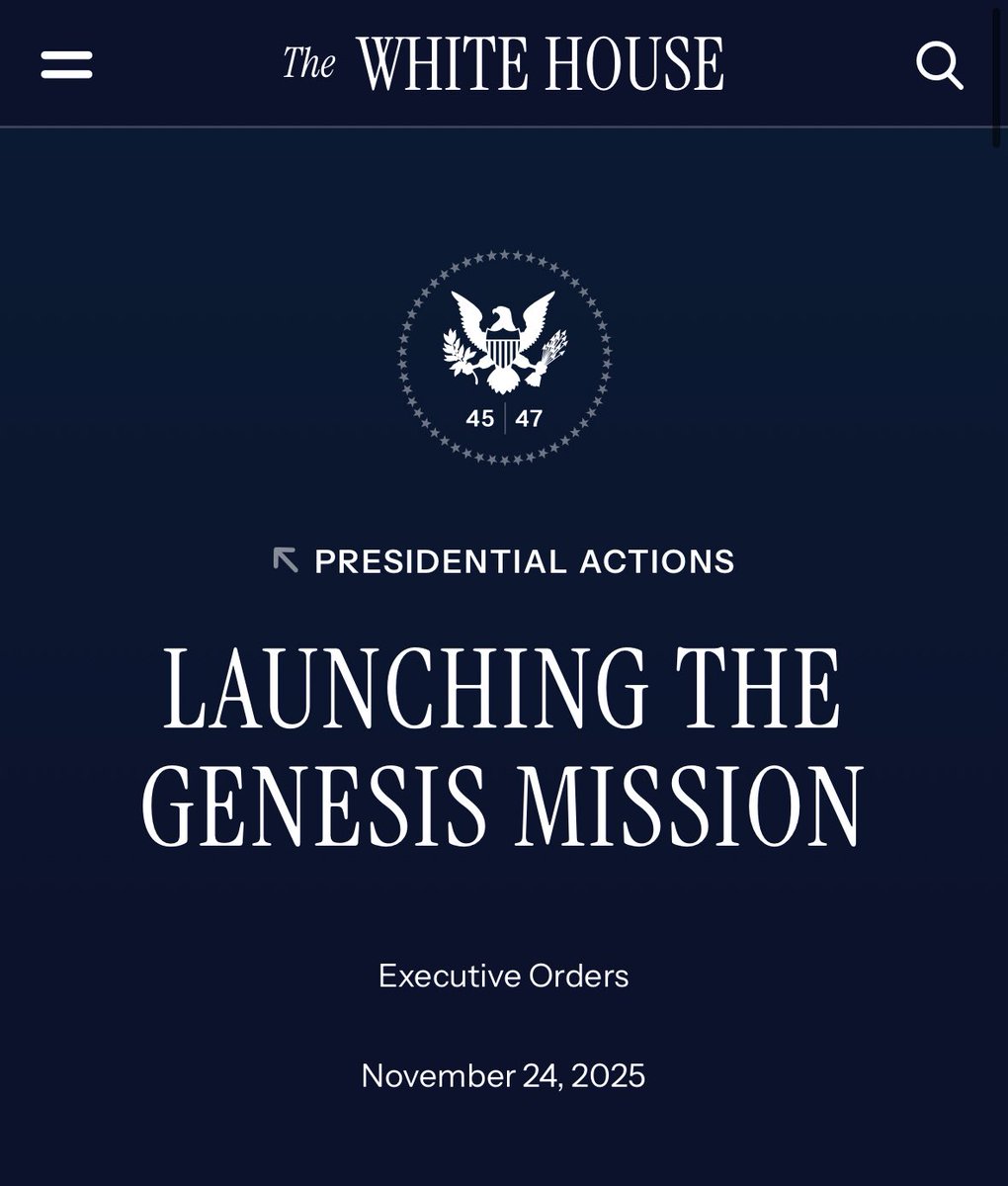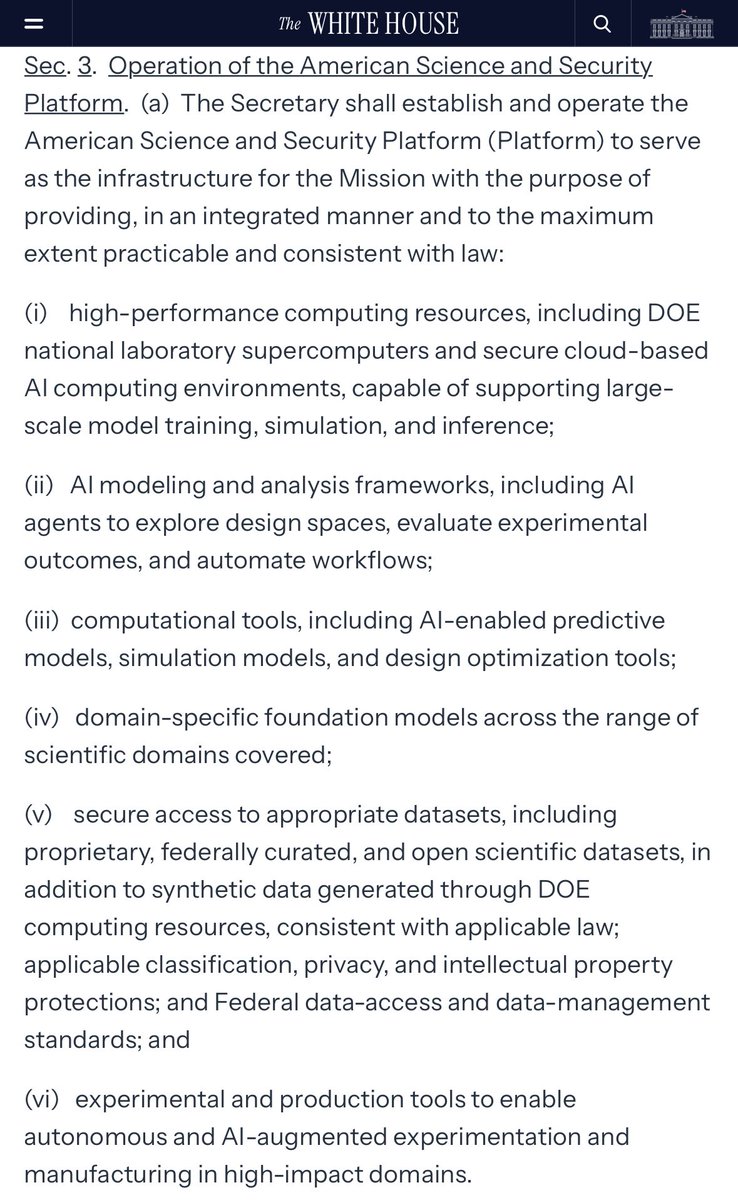🚨 Did You Know: 10 years ago, Infosys was one of the earliest backers of OpenAI. They invested alongside Elon Musk, Peter Thiel, AWS, and others ($1B → ~$45B today).
Instead of doubling down, they fired their CEO Vishal Sikka, and now their stake is worth nothing.
How could this possibly happen? Who is Vishal? More below:
Instead of doubling down, they fired their CEO Vishal Sikka, and now their stake is worth nothing.
How could this possibly happen? Who is Vishal? More below:

1/ December 2015: When Infosys Bet on OpenAI
While most tech executives were still googling "machine learning," one CEO saw the AI revolution coming.
Vishal Sikka, CEO of Infosys, committed the company to back OpenAI alongside tech's biggest names.
But he wasn't your typical IT services CEO.
He understood something most executives missed: AI was about to eat software.
While most tech executives were still googling "machine learning," one CEO saw the AI revolution coming.
Vishal Sikka, CEO of Infosys, committed the company to back OpenAI alongside tech's biggest names.
But he wasn't your typical IT services CEO.
He understood something most executives missed: AI was about to eat software.
2/ Meet the Visionary: Vishal Sikka
- First non-founder CEO of Infosys
- PhD in AI from Stanford
- Studied under John McCarthy (coined "Artificial Intelligence")
- Mentored by Marvin Minsky (AI's founding father)
He didn't join Infosys to run an IT services company.
He came to transform it.
- First non-founder CEO of Infosys
- PhD in AI from Stanford
- Studied under John McCarthy (coined "Artificial Intelligence")
- Mentored by Marvin Minsky (AI's founding father)
He didn't join Infosys to run an IT services company.
He came to transform it.

3/ Sikka’s 2015 prediction: AI will reshape Infosys:
"Most of our work is in building and maintaining software systems, and AI will increasingly shape the construction and evolution of intelligent software systems, in all kinds of domains and industries."
"As a large services company, many parts of our work can transform fundamentally with AI."
His thesis was simple:
- Infosys had 150,000 engineers doing repetitive work
- AI would automate that work
He saw what other IT leaders missed.
"Most of our work is in building and maintaining software systems, and AI will increasingly shape the construction and evolution of intelligent software systems, in all kinds of domains and industries."
"As a large services company, many parts of our work can transform fundamentally with AI."
His thesis was simple:
- Infosys had 150,000 engineers doing repetitive work
- AI would automate that work
He saw what other IT leaders missed.

4/ OpenAI, the Nonprofit (2015)
OpenAI was structured as a nonprofit research lab dedicated to ensuring artificial general intelligence would benefit all of humanity.
This seemed noble at the time. So Infosys structured their commitment as a charitable donation, not an equity investment.

OpenAI was structured as a nonprofit research lab dedicated to ensuring artificial general intelligence would benefit all of humanity.
This seemed noble at the time. So Infosys structured their commitment as a charitable donation, not an equity investment.


5/ The War Inside Infosys (Why Things Blew Up)
Inside Infosys, there was a fundamental cultural clash between Vishal Sikka CEO and Infosys co-founder N.R. Narayana Murthy:
Murthy's Ethos: Conservative financial management, modest compensation, proven business models. The values that built Infosys.
Sikka's Vision: Aggressive AI investment, Silicon Valley talent acquisition, fundamental business model transformation. What was needed to survive disruption.
By 2017, their public warfare forced a choice.
Murthy won. Sikka resigned.
Inside Infosys, there was a fundamental cultural clash between Vishal Sikka CEO and Infosys co-founder N.R. Narayana Murthy:
Murthy's Ethos: Conservative financial management, modest compensation, proven business models. The values that built Infosys.
Sikka's Vision: Aggressive AI investment, Silicon Valley talent acquisition, fundamental business model transformation. What was needed to survive disruption.
By 2017, their public warfare forced a choice.
Murthy won. Sikka resigned.

6/ The Year Everything Changed: 2019
The critical inflection point came when OpenAI restructured from nonprofit to "capped-profit" model.
This was Infosys's last chance to convert their donor relationship into a strategic partnership.
But Infosys did nothing. They were consumed by Sikka-Murthy conflict and the new leadership had zero interest in AI partnerships.
Meanwhile, Microsoft turned Sikka’s thesis into action, secured the partnership of the century.
The critical inflection point came when OpenAI restructured from nonprofit to "capped-profit" model.
This was Infosys's last chance to convert their donor relationship into a strategic partnership.
But Infosys did nothing. They were consumed by Sikka-Murthy conflict and the new leadership had zero interest in AI partnerships.
Meanwhile, Microsoft turned Sikka’s thesis into action, secured the partnership of the century.
7/ How Microsoft Won Enterprise AI
Microsoft Invested $1B in 2019 (now ~$13B total) and negotiated exclusive partnership terms:
- OpenAI’s sole compute provider
- 49% profit share
- OpenAI IP rights for use in Microsoft products
- First access to new models
Result: Microsoft emerged as the enterprise-AI leader, with an AI annual revenue run-rate of ~$13B, and a (rumored) ~30% stake in OpenAI—about $150B at a $500B valuation.
Microsoft Invested $1B in 2019 (now ~$13B total) and negotiated exclusive partnership terms:
- OpenAI’s sole compute provider
- 49% profit share
- OpenAI IP rights for use in Microsoft products
- First access to new models
Result: Microsoft emerged as the enterprise-AI leader, with an AI annual revenue run-rate of ~$13B, and a (rumored) ~30% stake in OpenAI—about $150B at a $500B valuation.

8/ What Infosys Lost: The Math
OpenAI's valuation: $500 billion
Infosys's market cap: ~$70 billion
If Infosys had doubled down in 2019, a $1B bet could be worth $45B+ today.
The nonprofit they donated to in 2015 is now worth about 4.3x their entire company.
Let that sink in.
OpenAI's valuation: $500 billion
Infosys's market cap: ~$70 billion
If Infosys had doubled down in 2019, a $1B bet could be worth $45B+ today.
The nonprofit they donated to in 2015 is now worth about 4.3x their entire company.
Let that sink in.
9/ Conclusion: The Price of Moving Too Slow
Vishal Sikka’s tenure at Infosys is one of corporate history’s great what-ifs.
He arrived with a comprehensive plan to ready Infosys for the AI era: shift from labor arbitrage to knowledge automation, from projects to platforms, from cost to value, and he began rewiring the company to make that pivot real.
His 2017 departure did not just end a CEO’s term. It interrupted a transformation that could have positioned Infosys, and by extension Indian IT, to own the AI economy rather than rent it.
Today, India’s mass layoffs, skills gaps, and creeping commoditization are exactly the shocks his strategy was built to absorb.
In the end, Sikka drew the blueprint, Microsoft built it, and Infosys pays the rent.
Vishal Sikka’s tenure at Infosys is one of corporate history’s great what-ifs.
He arrived with a comprehensive plan to ready Infosys for the AI era: shift from labor arbitrage to knowledge automation, from projects to platforms, from cost to value, and he began rewiring the company to make that pivot real.
His 2017 departure did not just end a CEO’s term. It interrupted a transformation that could have positioned Infosys, and by extension Indian IT, to own the AI economy rather than rent it.
Today, India’s mass layoffs, skills gaps, and creeping commoditization are exactly the shocks his strategy was built to absorb.
In the end, Sikka drew the blueprint, Microsoft built it, and Infosys pays the rent.
• • •
Missing some Tweet in this thread? You can try to
force a refresh



